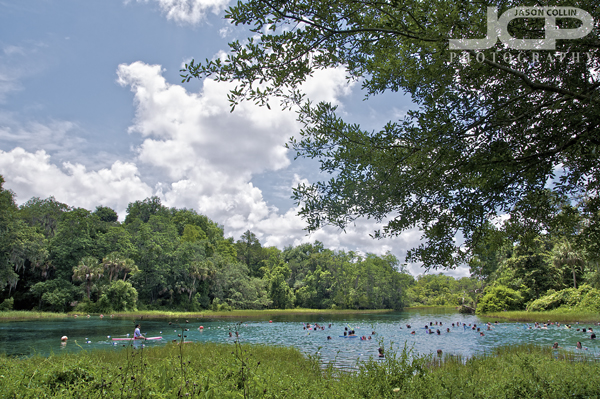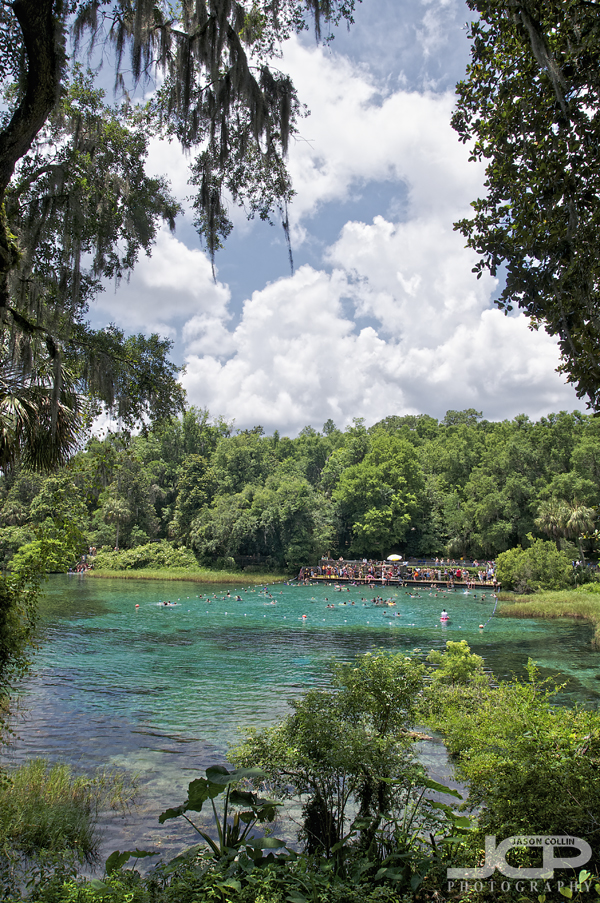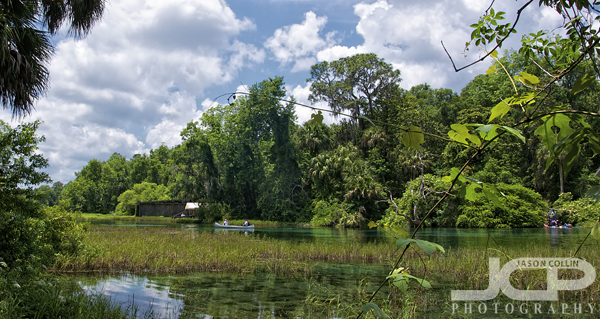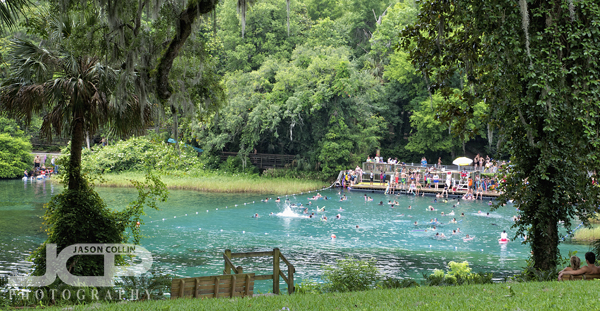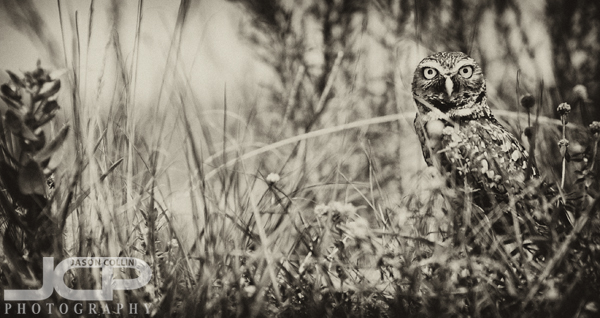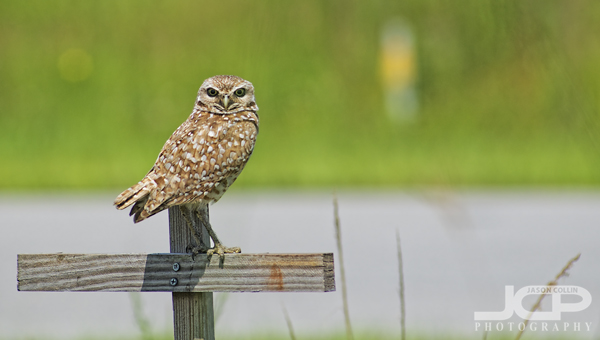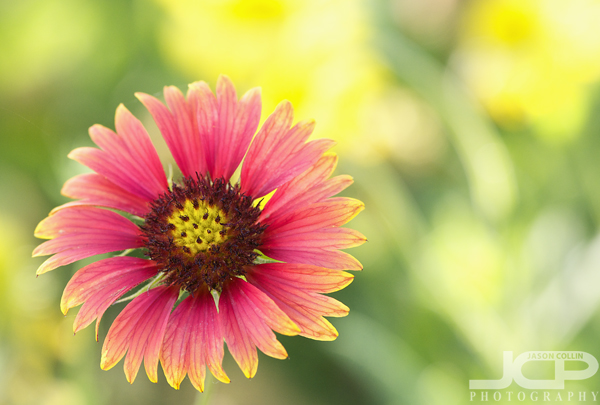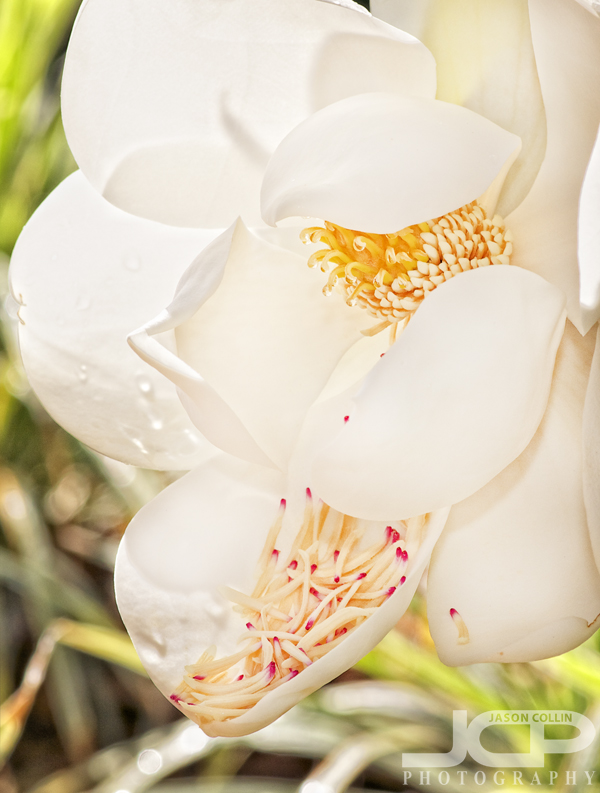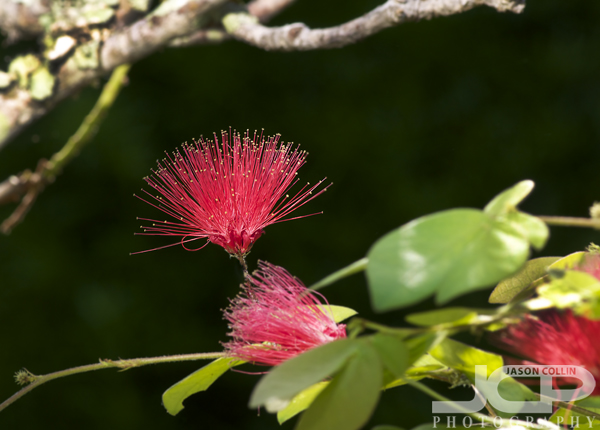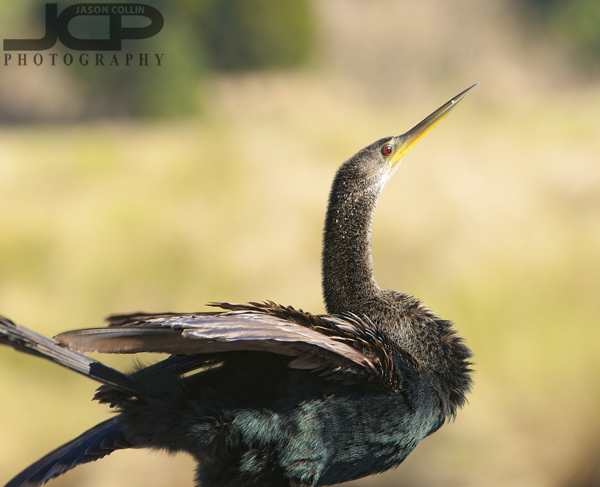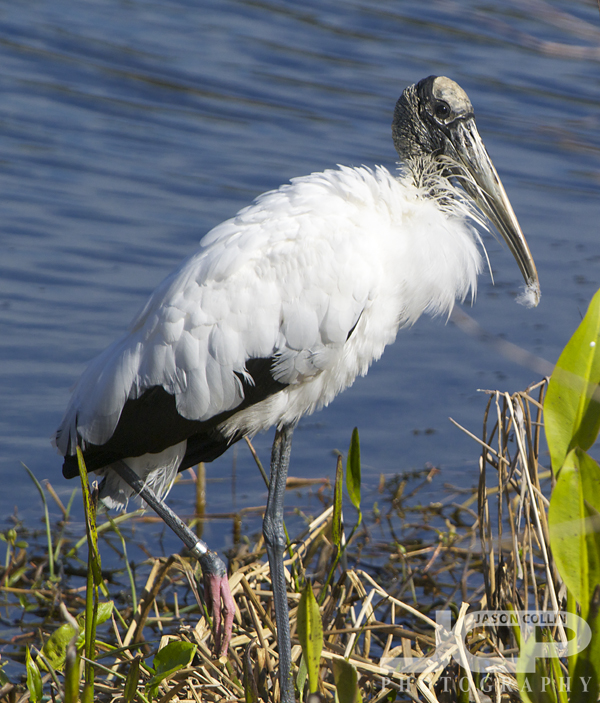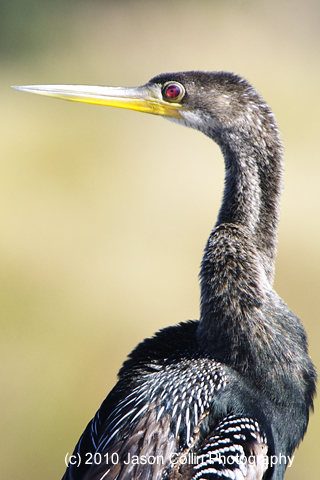 free iPhone wallpaper -- Anhinga with Twisted Neck in Clearwater
free iPhone wallpaper -- Anhinga with Twisted Neck in Clearwater
Start your day off with a free new wallpaper for your iPhone or iPod touch!
A recent visit to Kapok Park in Clearwater gave me the chance to make some of my best bird photographs yet. This anhinga very nicely hung out for awhile looking all around, eventually ending up with its neck almost tied in a knot! I have several in this series I will post together in the near future.
Please let me know if you use this wallpaper in the comments below.
*********
My full (and growing) collection of iPhone wallpapers can be viewed HERE and are available for just $1 each.
*********
To Install the wallpaper onto your iPhone:
1. Right-click or control-click on the image.
2. Select “Save as…”
* Mac users: save the image to a folder or add it to your iPhoto library.
* PC users: save the image in your “My Pictures” folder.
Connect the iPhone/iPod Touch to your computer and do the following:
1. Launch iTunes, click your iPhone icon on iTunes, choose the Photos tab, and select “Sync photos from:”
2. From the pop-up menu, do one of the following:
* If your using a Mac, choose iPhoto or your Pictures folder.
* If you’re using a PC, choose My Pictures folder.
3. Choose Folder, then choose any folder on your computer that has images.
4. Choose “All photos,” or choose “Selected folders” or “Selected albums” and choose the folders or albums you want to sync.
On your iPhone:
5. Launch the Photos app. Browse through the albums or Camera Roll until you find the picture you wish to use.
6. Select the picture so it is displayed full screen.
7. Tap the icon in the lower left corner of the screen. If you don’t see the icon, single tap the picture to display the menus.
8. A menu pops up with three options: Email Photo, Use as Wallpaper, or Assign to Contact.
9. Choose “Use as Wallpaper"
Thanks to Photo Focus and Scott Bourne for the directions above.
All iPhone/iPod Touch Wallpapers are provided without any technical support. Each image is a 320×480 jpg file. All images are Copyright Jason Collin Photography, All Rights Reserved. You are granted a single use, non-exclusive, perpetual license to install this wallpaper on any iPhone or iPod Touch personally owned by you. This license grants you the right to use the wallpaper for non-commercial/personal use only. You may not re-sell, distribute, print or otherwise publish the image without the express written consent of the Copyright owner: Jason Collin Photography
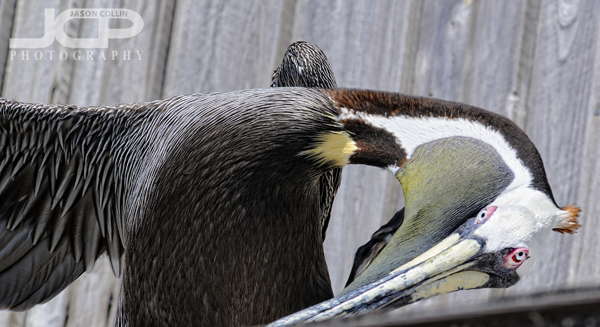 BP did what?? For 50+ days??
BP did what?? For 50+ days??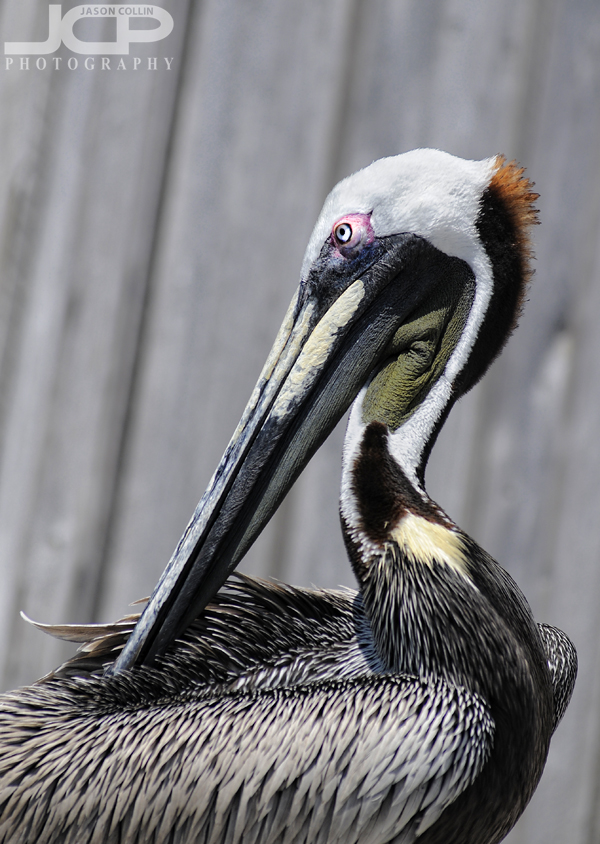 If only I could scratch my own back so well as this brown pelican canSo whenever I see a brown pelican now I will look upon it with a new respect and think, as Scott wrote, this could be the last photograph ever taken of this species. Take care my friends.
If only I could scratch my own back so well as this brown pelican canSo whenever I see a brown pelican now I will look upon it with a new respect and think, as Scott wrote, this could be the last photograph ever taken of this species. Take care my friends.
